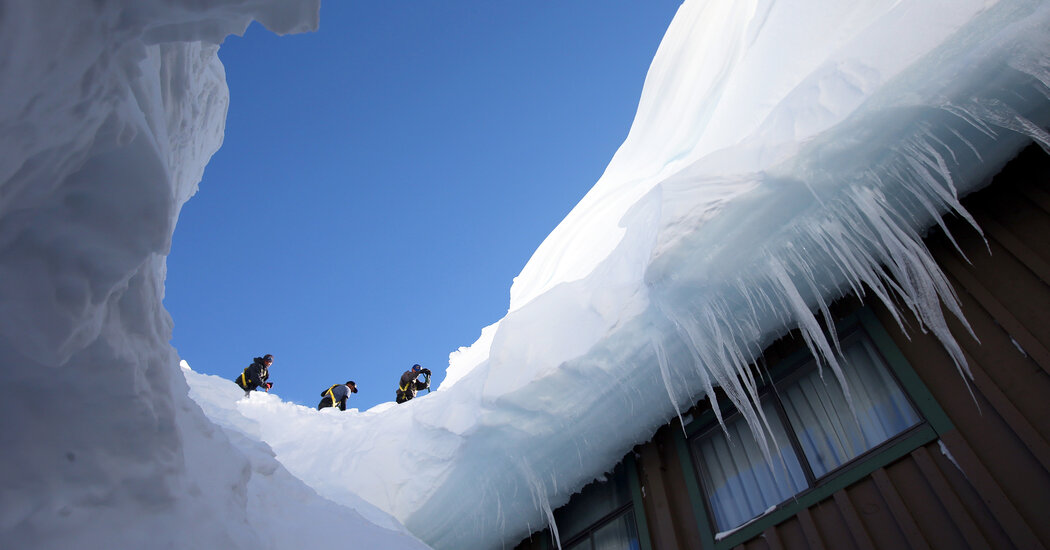Santa Cruz County experienced the most visible damage as flooding rivers combined with large ocean swells. West Cliff Drive, which hugs Santa Cruz’s coast, partly collapsed. The town of Capitola was besieged by a section of collapsed wharf and much debris, which crashed into waterfront businesses. Smaller towns in the Santa Cruz Mountains experienced flooding, downed trees, mudslides and power outages. Still, the majority of the area is “open for business,” said Michael Martelon, the chief executive of Visit Santa Cruz County.
“We did not get washed away,” he said. “In Capitola, less than 1 percent of the businesses in the city and 10 percent of businesses on the esplanade have been affected. And they’re working hard to be back open by Memorial Day.”
Some areas may take longer, like the Capitola Wharf, which will take at least a year to rebuild. (Renovations were already scheduled for this fall.)
Big Basin Redwoods State Park is currently closed because of storm damage; most other area state and county parks and beaches are at least partly open.
Dylan Linde, the manager of the Santa Cruz outlet of the Traveler Surf Club & Coastal Outpost chain, said that while the shop itself was fine, much of the staff was affected, including him.
“I live in the mountains, where there was a huge mudslide, and a neighbor had a redwood tree land on his house,” he said. “I lost power for eight days.”
Farther north, on the Mendocino coast, the area’s isolated feel was heightened during the storms. “There are limited ways in and out,” said Matthew Kammerer, the chef at the Harbor House Inn, in the town of Elk, which can be reached only via hairpin turns on coastal Highway 1 or through winding redwood forest roads. Two of those routes, including a portion of Highway 1, were closed for days.
Click Here to Read the Full Original Article at NYT > Travel…
